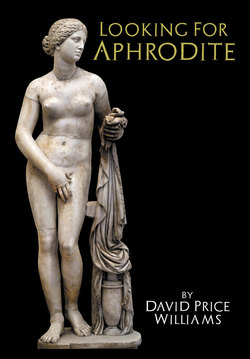Читать книгу Looking for Aphrodite - David Price Williams - Страница 6
Оглавлениеsouth western Caria, in what today is southern Turkey. She was to make a radical statement in celebration of their entry into that brave new world of Hellenism and the consequent opening of a new epoch of internationalism. Maybe initially they had intended her to be exclusively a new patron goddess for their city; perhaps they had hoped to revere and worship her modestly and privately as their own cultic manifestation. But she didn’t remain like that. She became one of the most famous statues of all time, if not THE most famous, and to this day there is none that has achieved anywhere near that same universal acclaim.
Pliny the Elder, the Roman encyclopaedist, who famously expired in the eruption of Vesuvius in AD 79, wrote:-
(It was through Praxiteles’) fame as a worker of marble that he surpassed even himself. Superior to all his works, and indeed those of the whole world, is the Aphrodite, which many people have sailed to Knidos in order to see. For with that statue Praxiteles made Knidos famous. Her shrine is completely open, so that it is possible to observe the image of the goddess from every side; she herself, it is believed, favored its being made that way.
Pliny: Naturalis Historia
A further description of the actual statue comes from Lucian of Samosata, writing in the following century:-
When we had exhausted the charms of the gardens we passed on into the temple itself. The goddess stands in the middle of it, her beautiful form made of Parian marble. Her lips are slightly parted in a smile of proud contempt. Nothing hides her beauty, which is entirely exposed, other than a furtive hand veiling her modesty. The art of the sculptor has succeeded so well that it seems the solid nature of the marble has shed its hardness to mold the grace of her limbs.
Pseudo-Lucian: Erotes
ii
